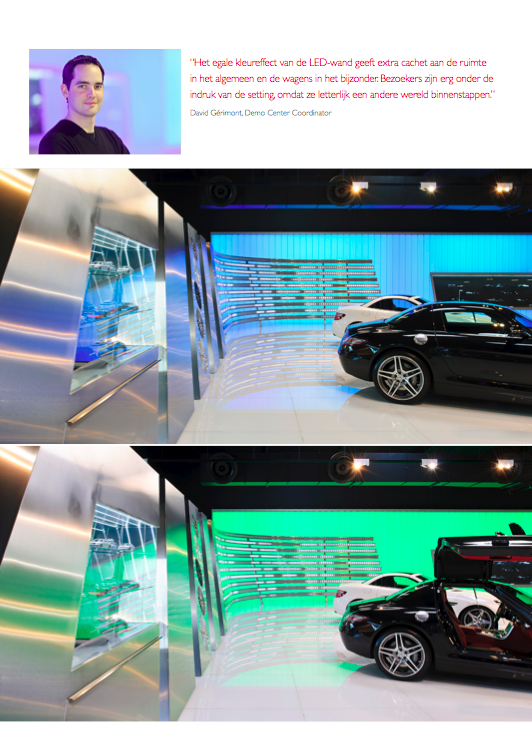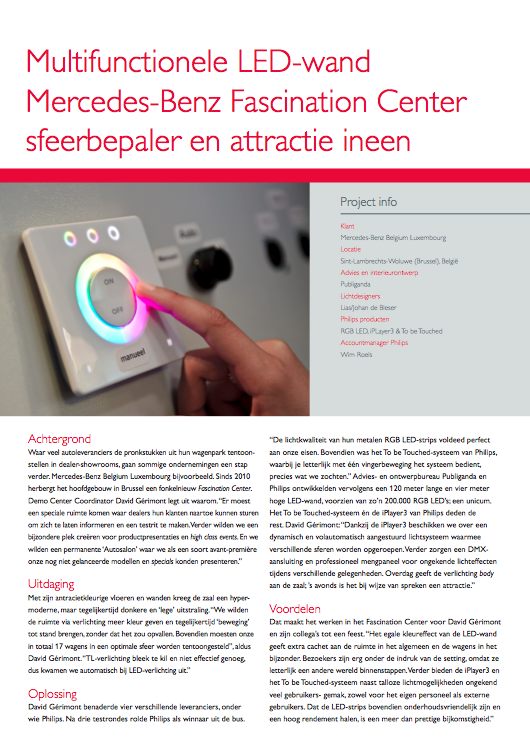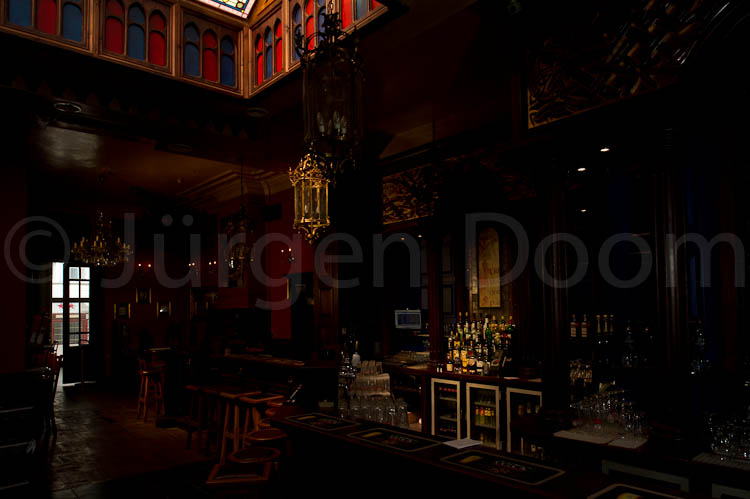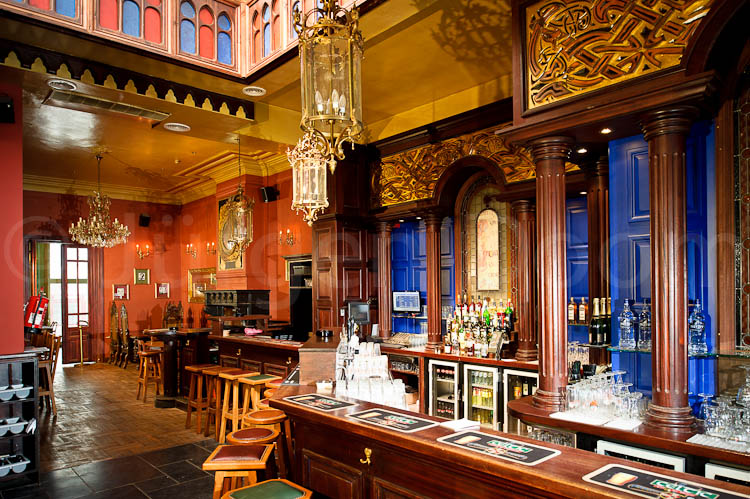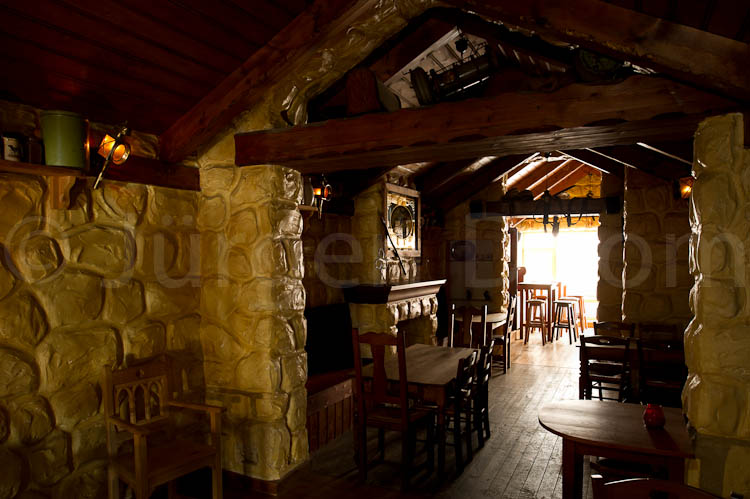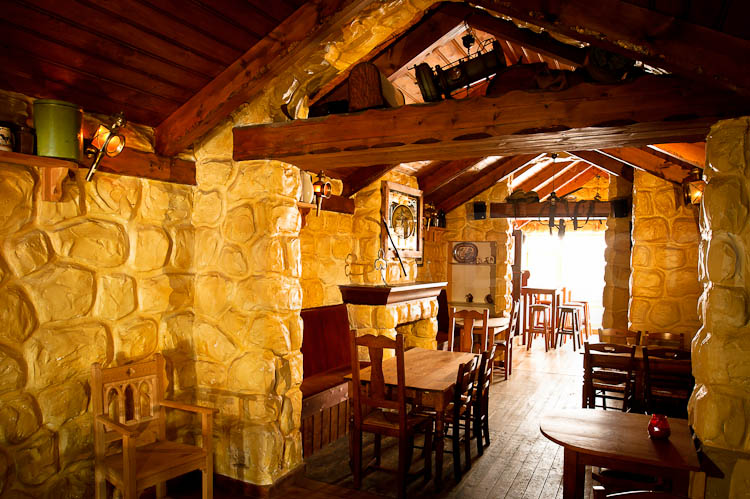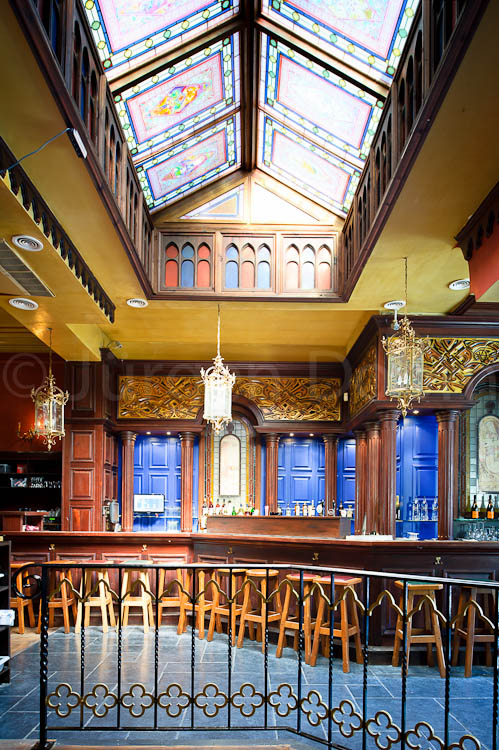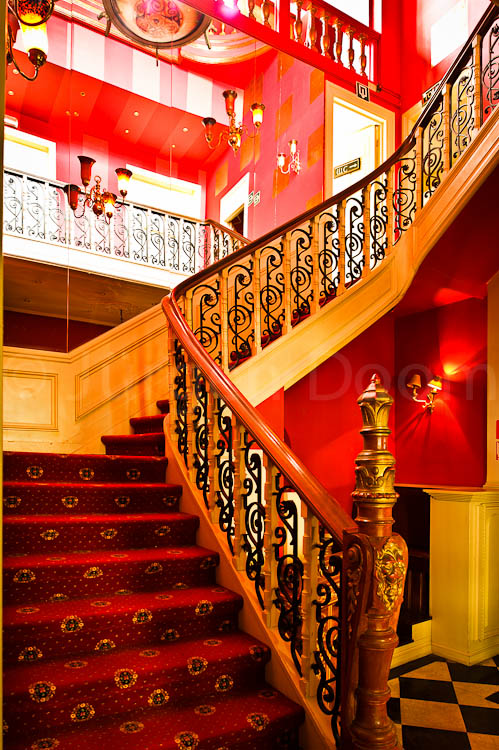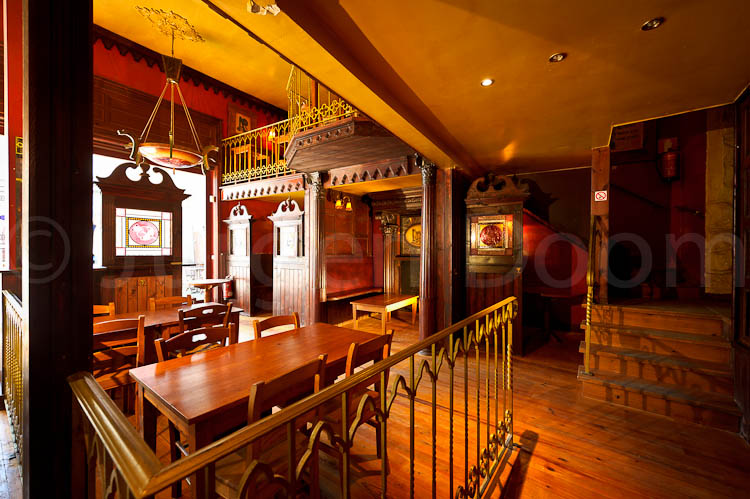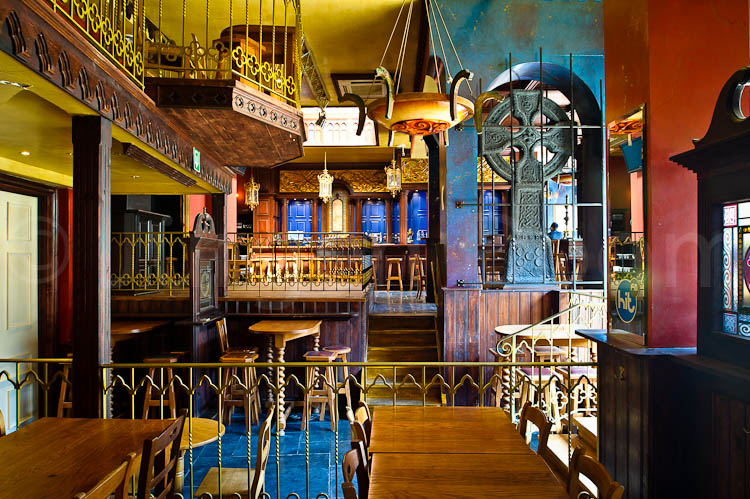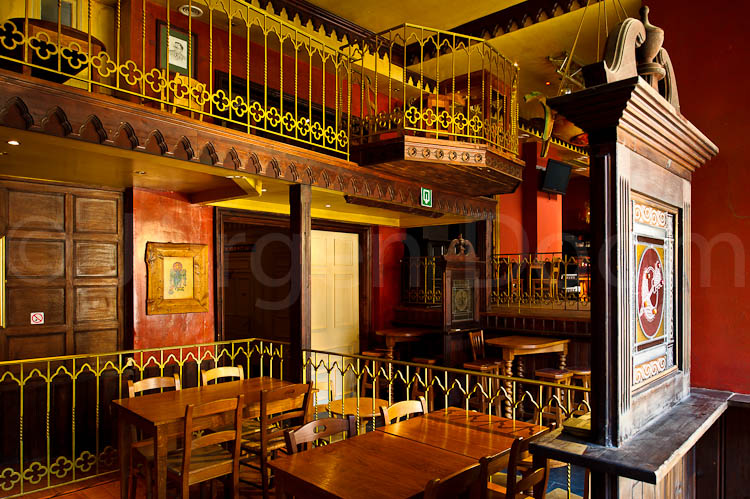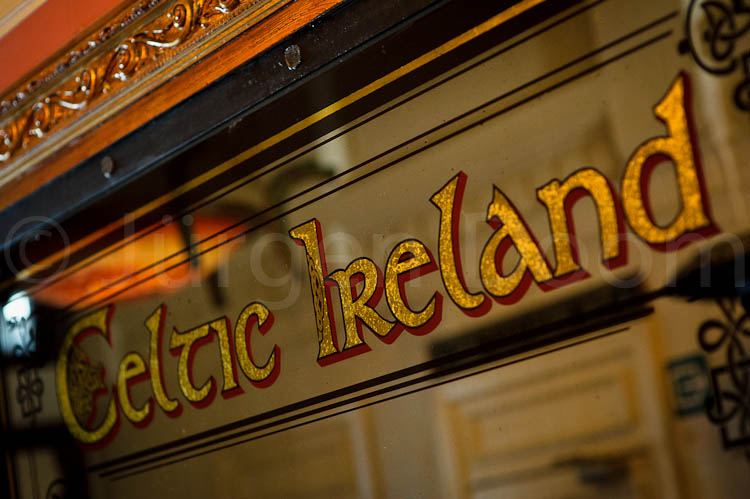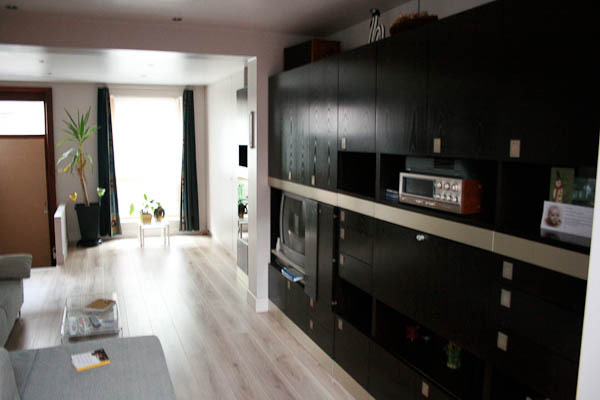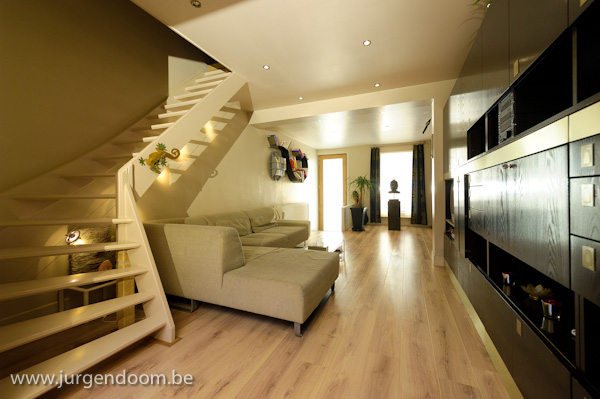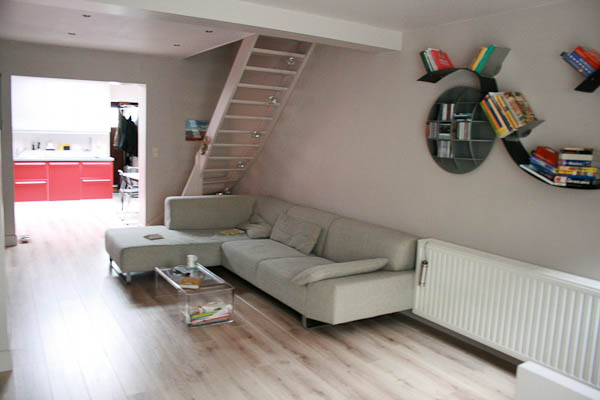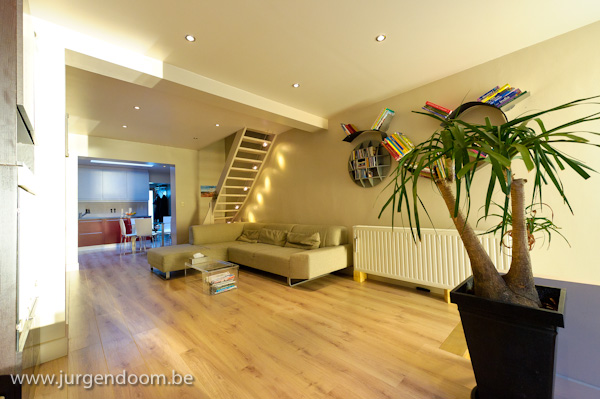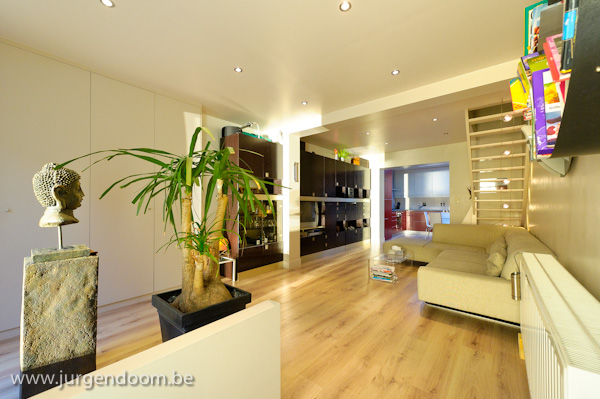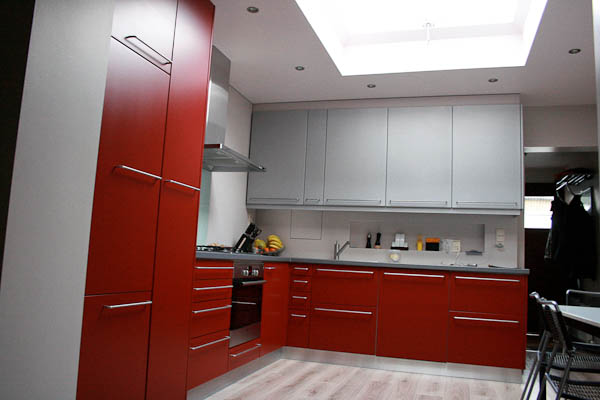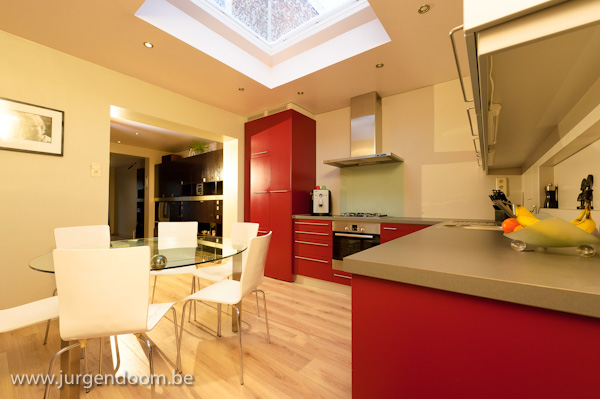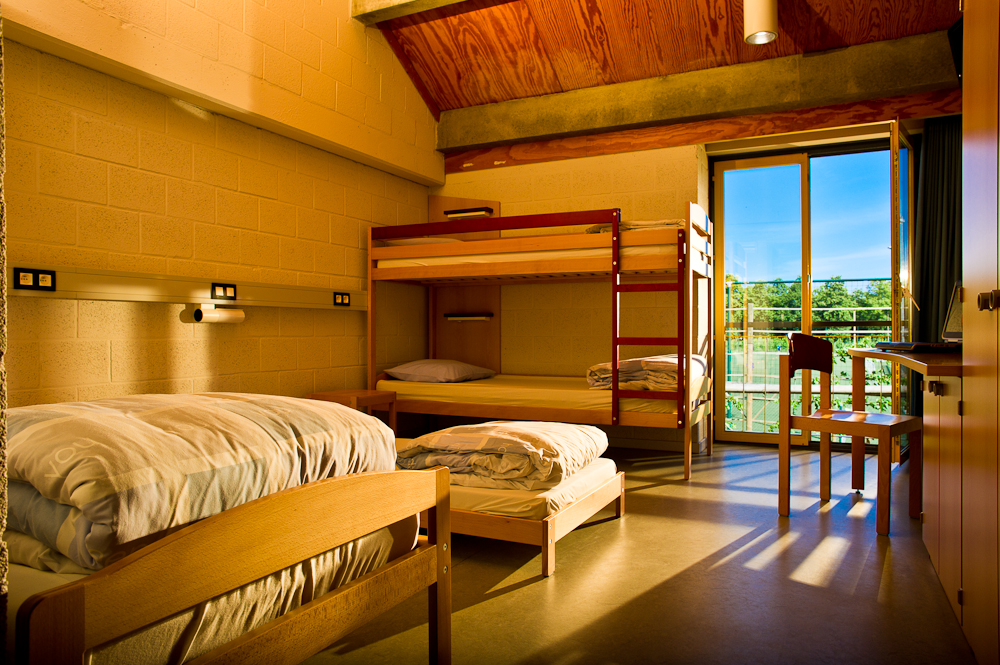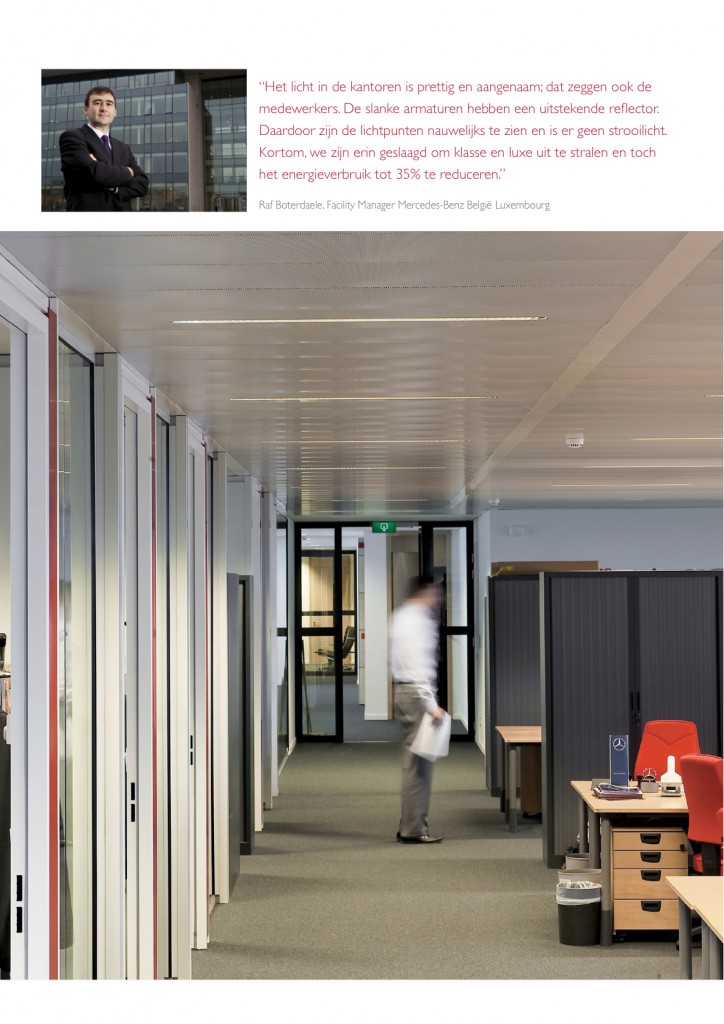One of my passions in photography is architectural photography. This shouldn’t come as a big surprise with my background in engineering yet it is not an easy discipline in photography. Architectural photography is a part of photography that is often looked upon as an easy thing to do. There is just the building and the photographer, so take the image and you’re done.
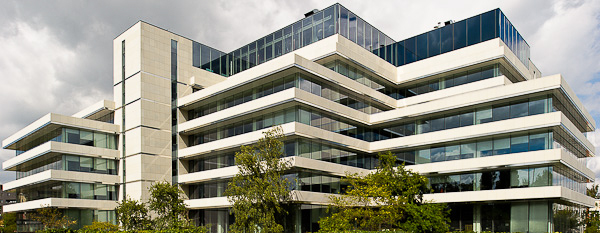
Architectural photography
Not so.
When you want to photograph building, you encounter difficult kind of problems.
The first problem is, or can be, the weather. It is a fact of life that images often just sparkle so much more when you photograph in excellent weather. A sun-lit building is always much more interesting than that same building lit by an overcast sky.
However, the best time to photograph a building – generally spoken – is at dusk or dawn. Just after or before sunrise, a skilled photographer is able to blend artificial light (in and/or outside the building) in such a way that those two light sources match each other well.
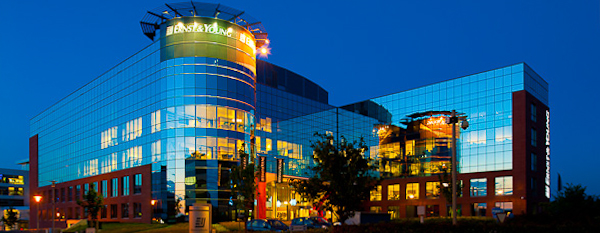
architectural photography - matching ambiant light with artificial light
The second problem one can encounter is the problem of having to photograph from a point of view that is too close to the building. That results in a camera that will be tilted in an angle towards the building, but with a detrimental effect to the verticals of the building. By tilting a camera, the verticals of a building will not remain parallell, which results into an image that doesn’t hold.
To remedy this problem, an architectural photographer will always use a perspective control lens (PC lens), enabling the photographer to “tilt-shift” the lens in such a way that the verticals of a building remain vertical.
I haven’t spoken yet about obstacles, such as trees, other buildings, roadworks, even blocked access (fences, guards at gates, etc …..), which are all possible problems an architectural photographer must take into account when preparing for a shoot.
For CES, an engineering firm, I had to photograph a series of buildings of which they had redone most of the HVAC and engineering works. CES wanted images of the building, preferably during daylight. Nonetheless, as a photographer you try to give your client more than they expect, which is what I always try to do.
Herewith two screen shots of their brand new website (created by Jolux Webdesign). All images are shot on a Nikon D3x (24.5Mpix) with a Nikon 24 PC lens or a Nikon 14-24mm wide angle lens.
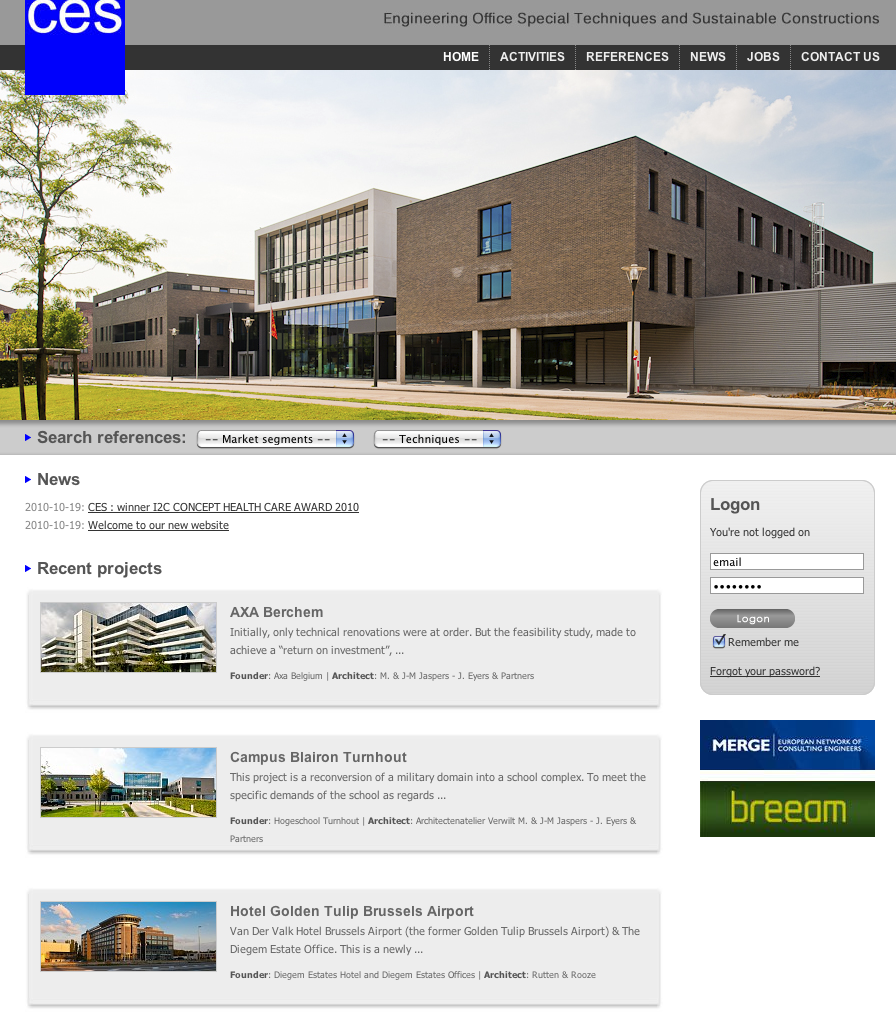
Architectural photography - website of CES
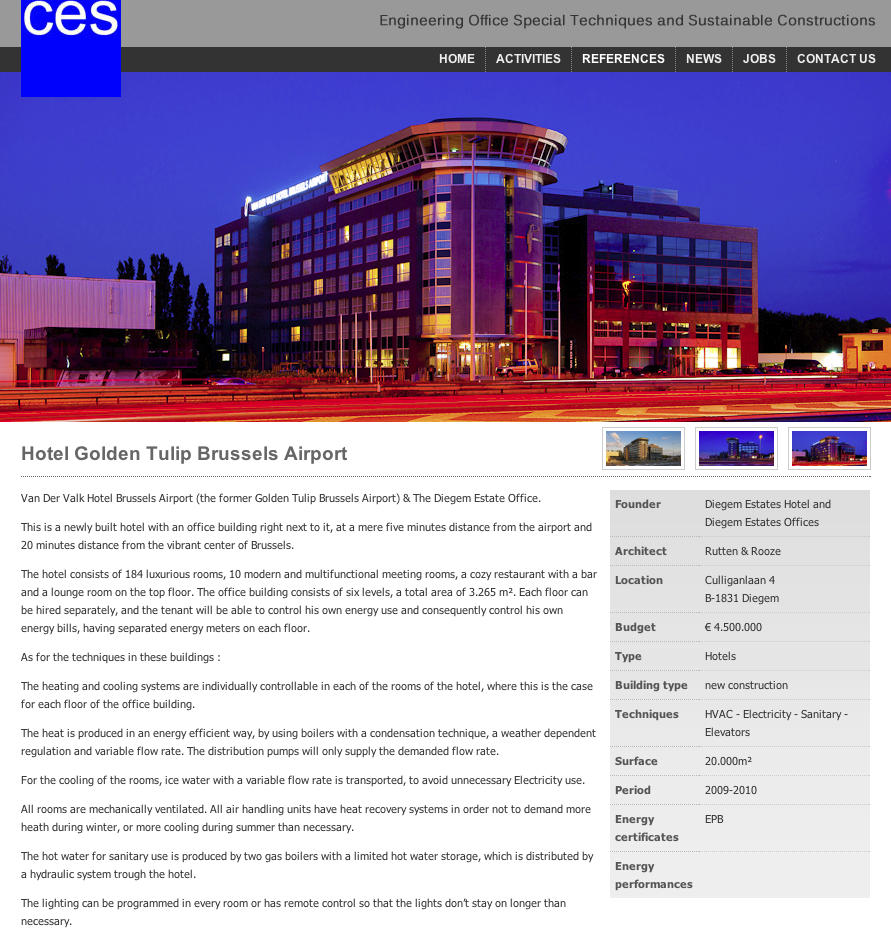
Architectural photography - website of CES
I would also like to salute CES, who entrusted me with this project. Meanwhile we have established a lasting relationship, which is much more rewarding than any kind of financial reward.
Looking forward to producing more images ….

